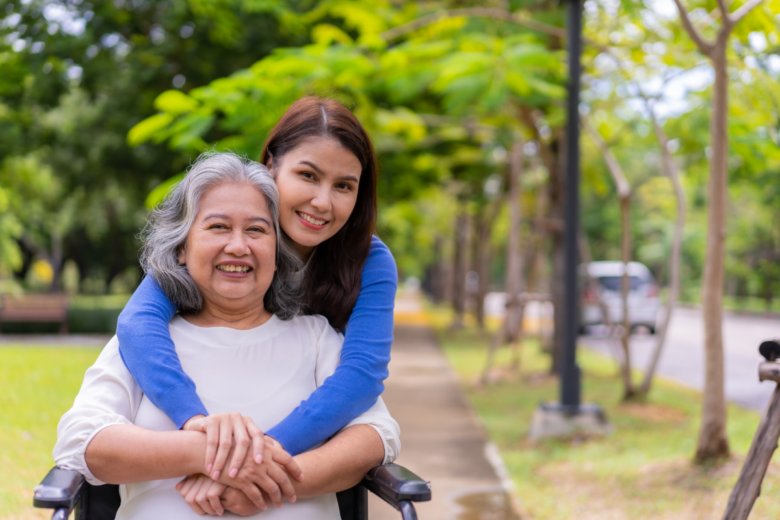As the population ages, more and more elderly individuals are choosing to remain in their homes rather than move to assisted living facilities. While this can be a comfortable and familiar environment for them, it also presents unique safety challenges for their caregivers. Elderly individuals are at a higher risk for falls and other accidents, and may also be targeted by scammers or burglars. As a result, it is essential for caregivers to take extra precautions to ensure the safety and security of their loved ones.
One of the most important safety measures for elderly caregivers is to install proper lighting throughout the home. This can include motion-activated lights in hallways and other high-traffic areas, as well as bright overhead lighting in rooms where the individual spends a lot of time. Good lighting can help prevent falls and other accidents, and also makes it easier for caregivers to monitor their loved one’s activities.
Another key safety measure is to install a home security system. This can include cameras, motion sensors, and other devices that can alert caregivers to potential dangers or intruders. A security system can also provide peace of mind for both the caregiver and the elderly individual, knowing that they are protected in their own home.
Assessing Home Safety Risks
When caring for elderly individuals, it is crucial to ensure that their living environment is safe and free from potential hazards. Assessing home safety risks is an essential step in creating a secure haven for elderly caregivers. This section will provide guidance on how to identify common hazards and evaluate mobility and health issues.
Identifying Common Hazards
Common hazards in a home can include slippery floors, cluttered walkways, and poorly lit areas. It is essential to identify these hazards to prevent falls and other accidents. Caregivers should conduct a thorough inspection of the home to identify potential hazards. This can be done by walking through the home and taking note of any areas that may pose a risk.
Caregivers should also consider the placement of furniture and other household items. Items that are frequently used should be placed in easily accessible areas, while items that are not used often should be stored away. Additionally, rugs should be secured to the floor to prevent slipping.
Evaluating Mobility and Health Issues
Mobility and health issues can also contribute to home safety risks. Caregivers should evaluate the individual’s mobility and health to determine what safety measures may be necessary. For example, if the individual has difficulty walking, handrails may need to be installed in hallways and staircases.
It is also important to consider any health issues that may affect the individual’s safety. For example, if the individual has poor eyesight, additional lighting may be necessary in certain areas of the home. Caregivers should work with healthcare professionals to identify any health issues that may need to be addressed.
In conclusion, assessing home safety risks is an essential step in ensuring the safety of elderly caregivers. By identifying common hazards and evaluating mobility and health issues, caregivers can create a secure haven for their loved ones.




